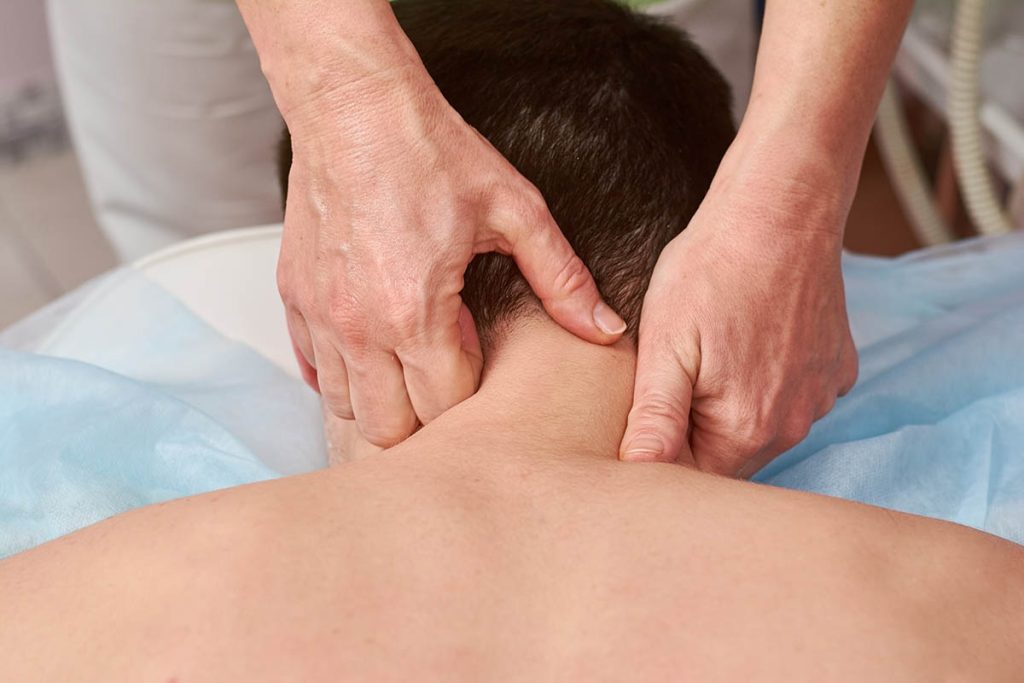What are Cervicogenic Headaches?
Cervical headaches are described as the referral of pain to the head from bony or soft tissue structures in the neck. The pain is usually felt in one spot at a time and may affect the side of the head (temporal area), back of the head (occipital area) or behind the eye (retro-orbital area). Many structures around the neck have the potential to cause cervicogenic pain, including vertebral joints, muscles, fascia and neural structures of the cervical (neck) region.
The headaches tend to affect females up to four times more than males and are most prevalent between the ages 20-60 years. The onset of symptoms can be slow, and the pain is often described as a dull ache. They can come from various sources, including irritated cervical nerve roots as they exit the upper spine, damage to or inflammation of the joints at the top of the neck, or direct pain referral from tight/spasming muscles in the neck and shoulder.

Factors that might cause these headaches include:
- Stiffness of neck musculature
- Trauma to the neck such as in whiplash
- Head injury
- Infection-related inflammation
- Spinal osteoarthritis
- Neural compression due to a tumour
- Diabetes
- Repetitious or prolonged activities involving downward/forward positioning of the head
Common symptoms of Cervicogenic Headaches:
The presentation of a cervicogenic headache may mimic symptoms associated with other types of headaches such as tension headaches, migraines or hemicrania continua.
- Symptoms of cervicogenic headaches may vary from person to person, but can include:
- Pain and stiffness in the neck and shoulders
- Pain usually one-sided
- Sensitivity to light and sound
- Poor concentration
- Irritability
- Dizziness/lightheadedness
- Nausea
- Vomiting
How long does it take to recover?
Physiotherapy is a very successful means of treatment with clients experiencing full recovery quickly, although timeframes will vary between individuals and can be relative to treatment compliance and severity of the problem. Recovery can be as short as a few days extending to weeks or months.
Physiotherapy is the best treatment.
Physiotherapy has been proven to facilitate timely recovery from cervicogenic headaches through the restoration of normal joint movement and soft tissue tone. A multifaceted treatment approach to cervicogenic headaches incorporating acupuncture, soft tissue releases, joint mobilisations and postural improvement tend to provide a successful outcome usually within a few treatments.
Research has reported a 76% success rate using physiotherapy interventions. It is unlikely that symptoms will disappear after a single treatment and may require several sessions to successfully combat the problem.
If you’ve been suffering from these types of headaches, please give us a call and we’ll be able to provide the correct treatment option for you.












